
Anime often explores technology and societal changes that feel just around the corner, and surprisingly, some of these fictional ideas have actually come true. From virtual singers to augmented reality and even systems that monitor and rate citizens, many anime series predicted developments we now see in the real world. Here are fifteen examples of anime that eerily foreshadowed how technology and society would evolve.
‘Akira’ (1988)
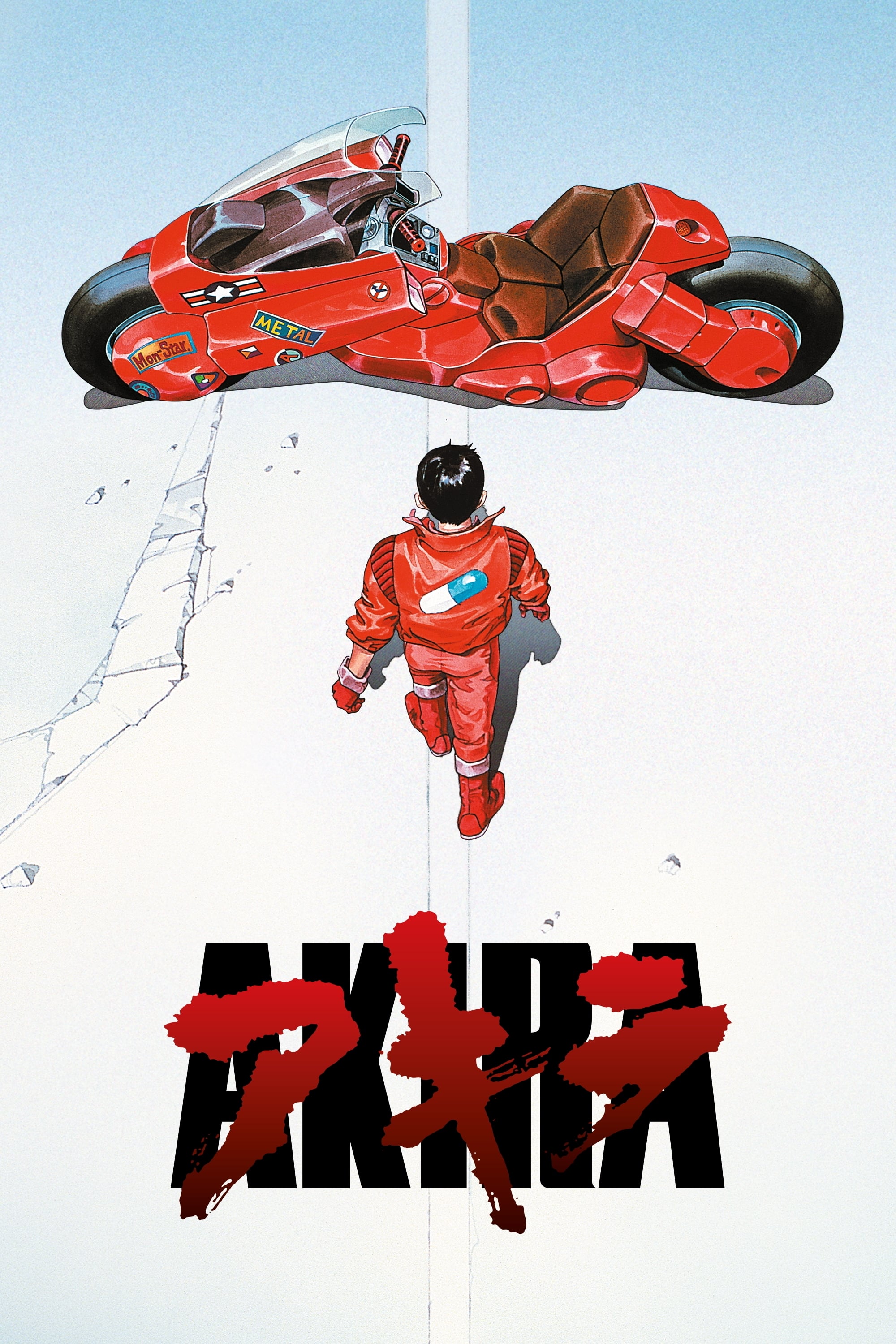
Katsuhiro Otomo’s film depicts a futuristic Tokyo preparing for the 2020 Olympics, a time marked by public demonstrations and concerns about the event’s expense and impact on the city. Interestingly, the film’s vision of a rapidly changing cityscape and rebellious youth – including biker gangs and protests – foreshadowed real-world issues that arose when Tokyo actually hosted the Games. The film’s striking imagery and the phrase “Neo-Tokyo 2020” became widely recognized as the Olympics approached.
‘Serial Experiments Lain’ (1998)

The series explores a world where the internet, called ‘the Wired,’ completely blends with real life, erasing the line between a person’s online and offline identity. People are constantly connected through devices, using anonymous forums and sharing information that can quickly impact their reputations – things we see today with social media, online harassment, and instant messaging. Gossip at Lain’s school spreads like viral posts and group chats, escalating rapidly. The show also suggests that companies and hidden groups manipulate information and shape stories through this network.
‘Ghost in the Shell: Stand Alone Complex’ (2002–2003)

This series takes place in a world where everything is connected, and it portrays cyberattacks that take control of everyday devices like cameras, medical implants, and home networks. It accurately predicts threats we see today, such as large-scale botnets, vulnerabilities in internet-connected devices, and ransomware attacks on essential services. The show’s concept of ‘Stand Alone Complex’ – where trends and behaviors spread rapidly online without a central leader – mirrors what we now see in viral challenges and coordinated disinformation campaigns. Techniques like manipulating faces and voices, and creating fake videos, are common in the series, reflecting real-world worries about deepfakes. The way law enforcement investigates these crimes – using network analysis and sharing information between agencies – is very similar to how modern cybersecurity teams operate.
‘Den-noh Coil’ (2007)
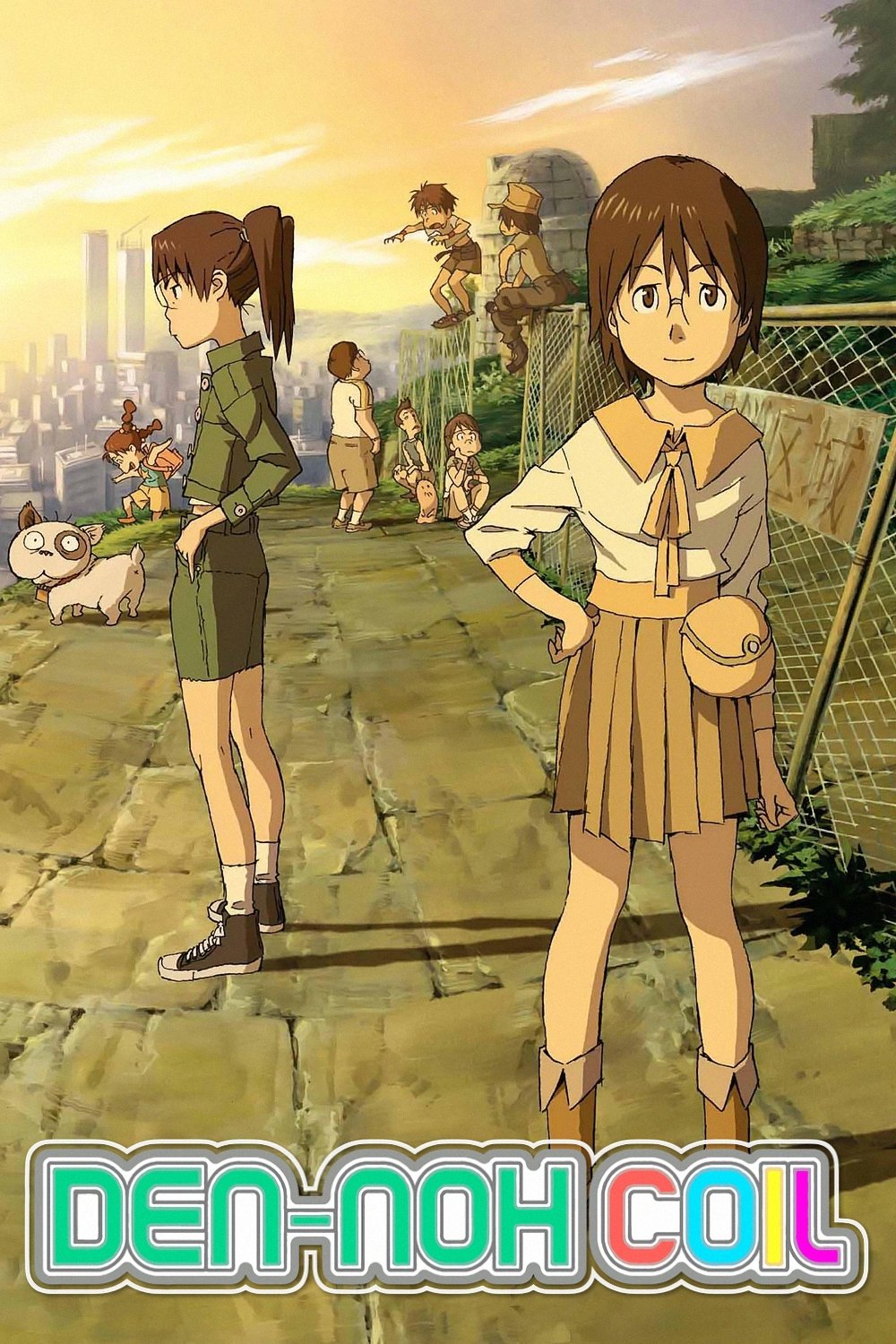
This story, set in the near future, imagines a world where kids use AR glasses to see virtual pets, objects, and dangers appear on real city streets – a clear prediction of today’s location-based AR games and headsets. It realistically portrays early problems like map errors, fake virtual objects, and areas with no AR coverage, issues that later arose with GPS inaccuracies and AR blocking. The story also shows how local communities form around trading virtual items, similar to today’s digital collectibles. Importantly, it highlights digital safety as something everyone needs to address, anticipating the need for parental controls and safety rules for AR technology.
‘Summer Wars’ (2009)

The movie features a central platform called “OZ” that combines social networking with essential services like payments, identification, and utilities. When this platform is hacked, it causes widespread disruptions in the real world. This storyline cleverly predicted how problems with large tech companies and cloud services could impact things like payments, deliveries, and public services. The film depicts scenarios like hacked accounts causing traffic jams and infrastructure failures, which mirrors current concerns about the security of connected devices. The story also shows families using the platform to connect across generations, anticipating how video calls and group messaging apps would become vital during emergencies.
‘Eden of the East’ (2009)

Years ahead of its time, a remarkable smartphone could shop for you, transfer money, and arrange services using an AI assistant. This technology anticipated today’s convenient mobile payments, ride-sharing apps, and voice-controlled devices. It also featured precise location tracking and instant purchasing, much like the on-demand services we use now. Interestingly, the story touches on how data could be used for political gain, a concern that’s still relevant in discussions about targeted advertising and campaign technology. The effortless way the phone handled large transactions also resembles the streamlined financial technology we have today.
‘Macross Plus’ (1994–1995)

This short animated series features Sharon Apple, a virtual singer who attracts large audiences and performs concerts as if she were a real person – even though she’s entirely computer-generated. It cleverly predicted the rise of digital pop stars, concerts using holograms, and the popularity of VTubers. The story’s entertainment industry heavily relies on creating complete digital performers and fostering a strong, one-sided connection with fans. The technology used in performances and stage design makes it hard to tell the difference between a traditional live show and a performance by a virtual artist – similar to the elaborate arena shows we see today featuring virtual performers.
‘Planetes’ (2003–2004)
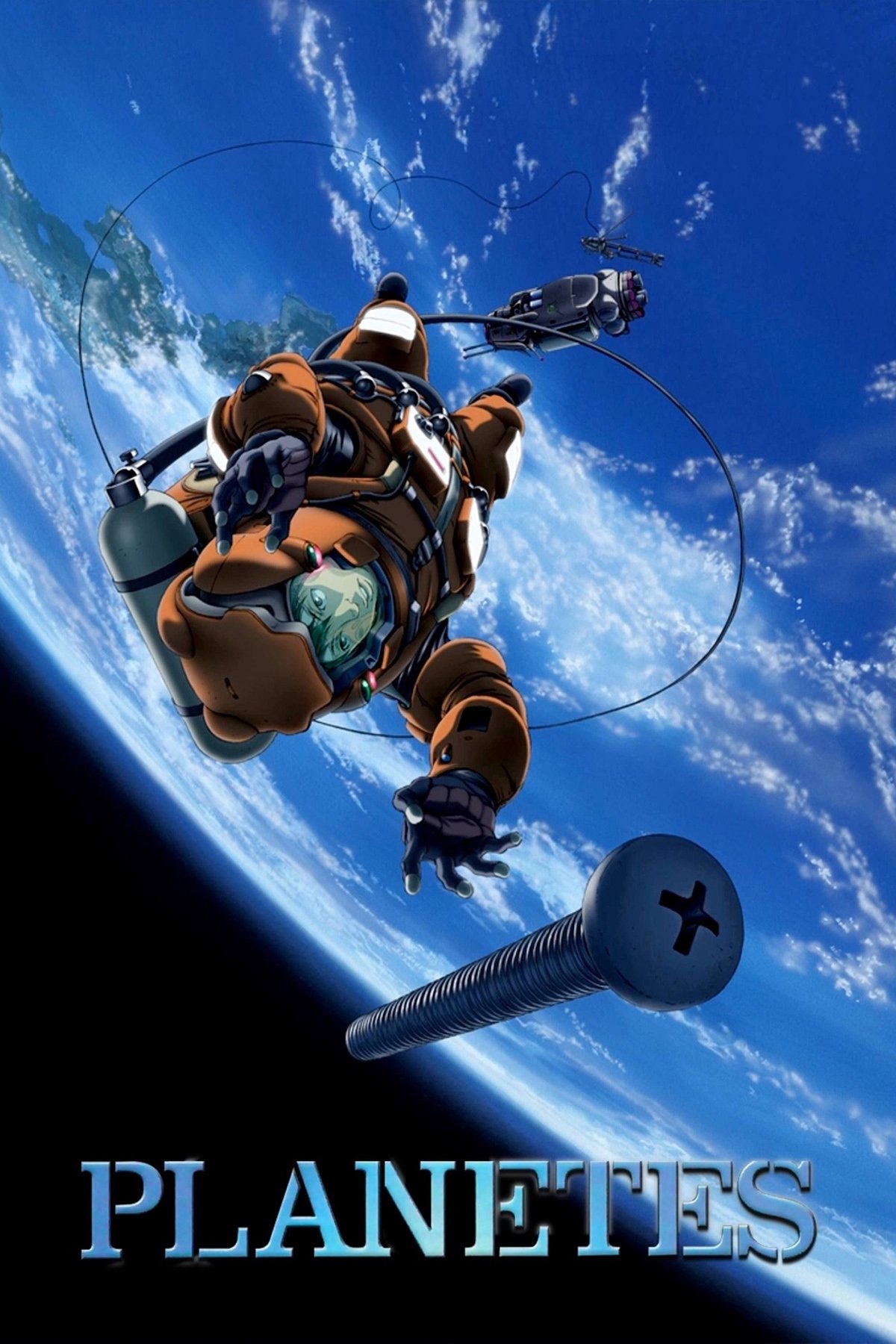
This science fiction series explores the growing problem of space junk and the danger of collisions that could create a cascade of debris – a real concern known as Kessler Syndrome. It realistically depicts how international rules, insurance, and private companies might handle cleaning up this debris, mirroring current efforts in commercial space travel and debris removal. The show accurately portrays tasks like satellite repair, spacewalks, and the legal battles surrounding space activities, reflecting today’s policy discussions. It highlights how space junk is becoming both a business opportunity and a critical safety issue, especially with the increasing number of large satellite networks in orbit.
‘Psycho-Pass’ (2012–2019)

This series, set within a system called ‘Sibyl,’ explores how computer algorithms are used to assess people and affect their lives – from job opportunities and policing to everyday freedoms. This mirrors real-world practices like risk scoring and predictive analytics that are happening today. The story shows how cameras and biometric scans collect data to create detailed profiles, similar to modern facial recognition technology. It focuses on how certain scores can trigger actions, raising questions about fairness and transparency in automated systems. The series also depicts city planning and crowd management using real-time data about people’s behavior, much like we see in current ‘smart city’ projects.
‘Sword Art Online’ (2012–2014)

The story centers around fully immersive virtual reality, and remarkably predicts many features that would become standard in consumer VR, including motion tracking, realistic touch feedback, and worries about discomfort and motion sickness. It envisions online worlds that continue even when you’re not playing, with players creating content and forming groups – similar to today’s popular online games and metaverse platforms. The series also foreshadows health tracking integrated into VR headsets and the rise of sponsored gaming events with live streaming, mirroring how esports and interactive broadcasts have evolved.
‘Doraemon’ (1979–2005)

Throughout the series, futuristic gadgets often feature things we now have today, like video calls on small devices, instant translation, and the ability to create objects at home – similar to smartphones, translation apps, and 3D printers. The show also regularly depicts everyday tools for remote learning and controlling things from a distance, predicting things like online classes and smart home devices. Notably, it presented voice assistants and tools that understand your situation long before they became common in homes.
‘Patlabor 2: The Movie’ (1993)

The movie depicts a scenario where drones, hacking, and misleading media are used to create a major crisis in a city. It accurately predicts the use of drones for tactical purposes, cyberattacks on everyday networks, and efforts to control what the public believes. The story highlights the difficulties first responders face when military and civilian authorities work together, a problem that has become apparent in real-life emergencies. Ultimately, it demonstrates how a small number of connected systems can quickly overwhelm a city without causing massive physical damage.
‘Paprika’ (2006)

The story revolves around a device that can record and show dreams, but it has an unexpected side effect: it fills Tokyo with overwhelming, animated advertisements that seem like augmented reality. These ads, which act like living billboards and blend into the real world, hint at a future where advertising and media are constantly layered over our surroundings. The plot raises concerns about the privacy of our thoughts and feelings, similar to current worries about the use of personal data like fingerprints or emotional responses. It also highlights how technology designed for helpful purposes, like therapy, can be misused for commercial gain – a common pattern with many new inventions.
‘Tokyo Magnitude 8.0’ (2009)
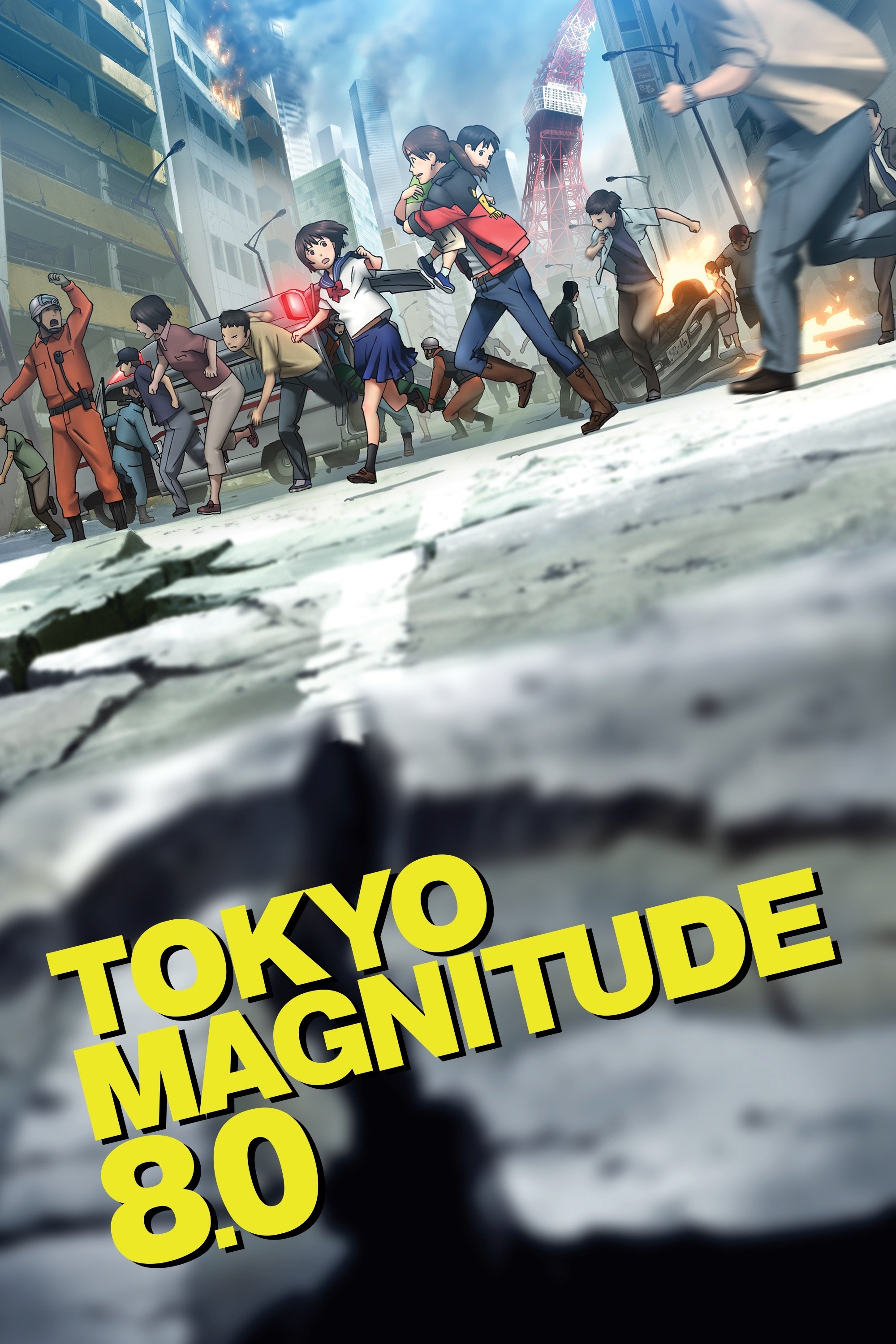
This series realistically portrays Tokyo after a major earthquake, showing how people depend on things like text messages, GPS, and temporary shelters when essential services fail. It accurately reflects the emergency communication and medical response plans used in real disasters. The show’s depiction of people escaping on foot, using bridges and navigating damaged areas, aligns with actual city planning for disasters. It also highlights how key routes and public spaces become vital for survival when transportation systems are disrupted.
‘Tiger & Bunny’ (2011)
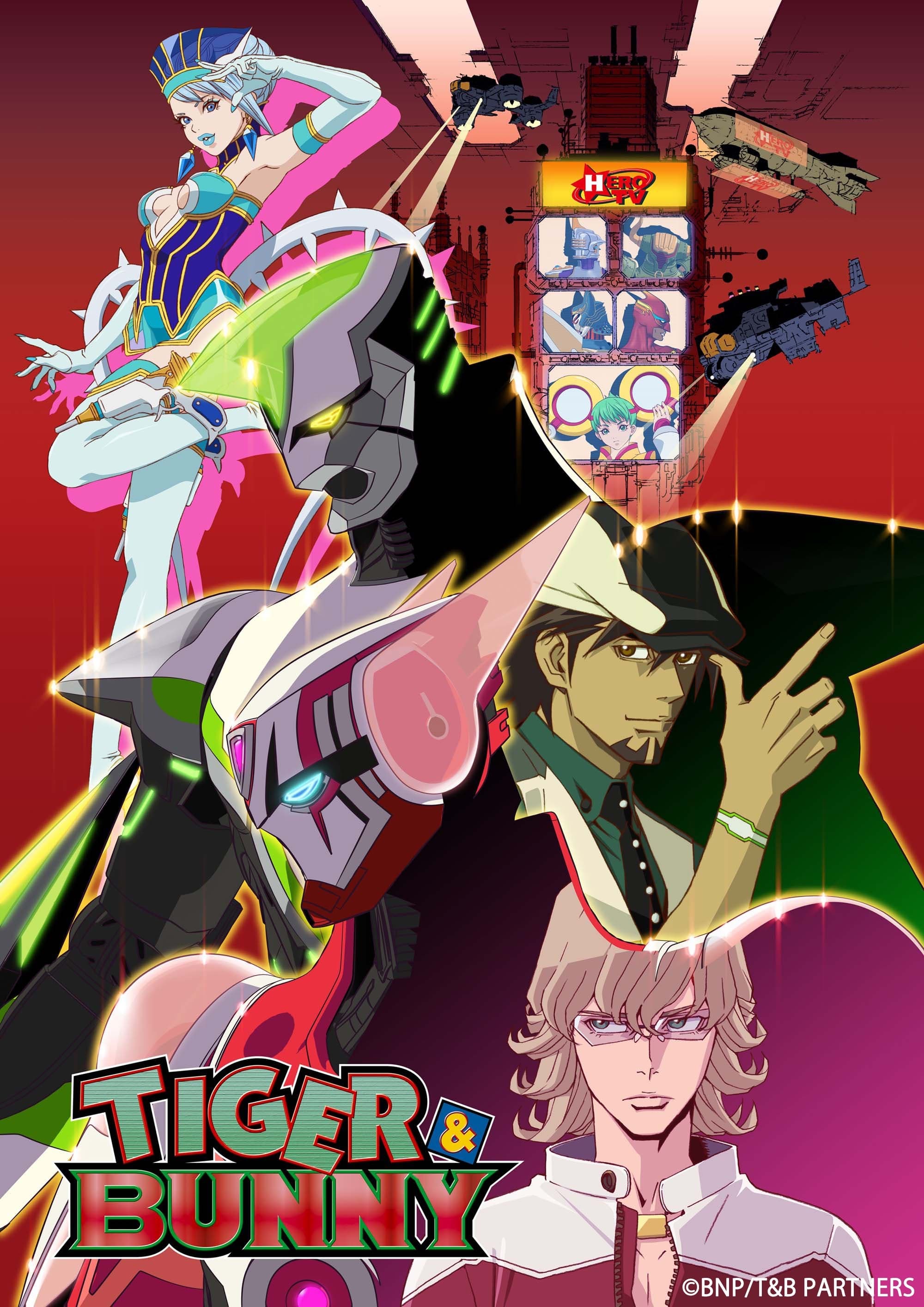
This series takes place in a city where superheroes are essentially sponsored athletes, competing for views and ratings on a live TV show. Their costumes feature changing brand logos, similar to sponsorships seen in esports and live streaming. The story focuses on how popularity is driven by algorithms and how heroes profit from their actions, mirroring the incentives for online creators. The show also features real-time audience interaction influencing the plot, much like how social media impacts live events today.
‘No. 6’ (2011)
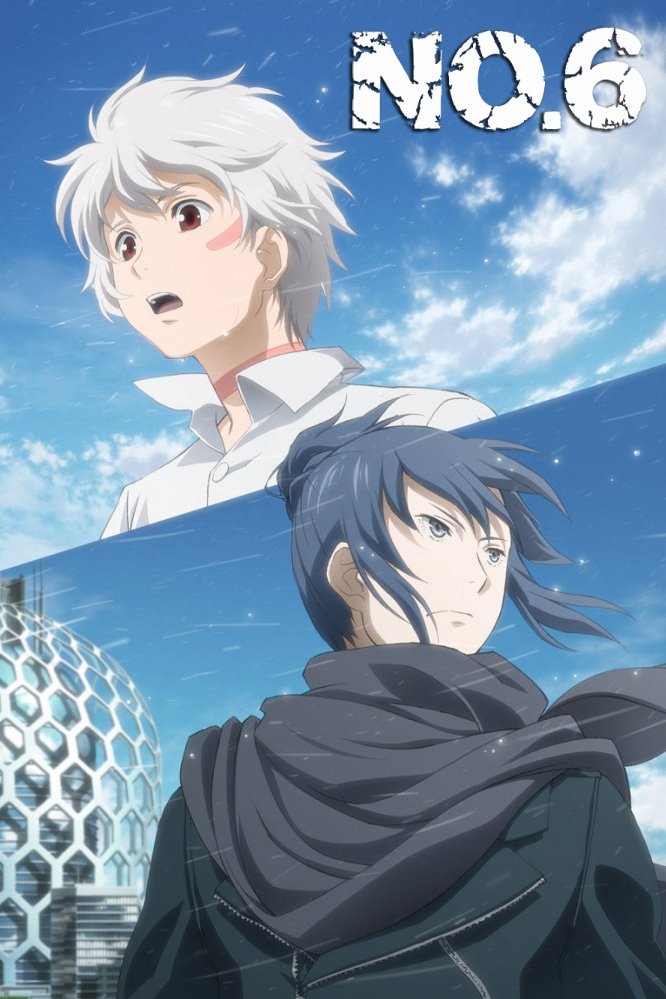
The show portrays a city where access is tightly controlled using things like fingerprint scanners, health checks, and automatic checkpoints. These systems decide who can go where, with designated quarantine zones and digital health passes. This mirrors how access is managed in real life with things like digital IDs, and raises questions about how that information is used. The city also uses street sensors and drones to monitor crowds and enforce rules, much like the technology envisioned for future ‘smart cities’.
If you have another eerie anime “called it” moment we should add, drop your pick in the comments!
Read More
- Fed’s Rate Stasis and Crypto’s Unseen Dance
- Blake Lively-Justin Baldoni’s Deposition Postponed to THIS Date Amid Ongoing Legal Battle, Here’s Why
- Dogecoin’s Decline and the Fed’s Shadow
- Ridley Scott Reveals He Turned Down $20 Million to Direct TERMINATOR 3
- Baby Steps tips you need to know
- Global-e Online: A Portfolio Manager’s Take on Tariffs and Triumphs
- The VIX Drop: A Contrarian’s Guide to Market Myths
- Top 10 Coolest Things About Indiana Jones
- Northside Capital’s Great EOG Fire Sale: $6.1M Goes Poof!
- A Most Advantageous ETF Alliance: A Prospect for 2026
2025-11-20 23:16